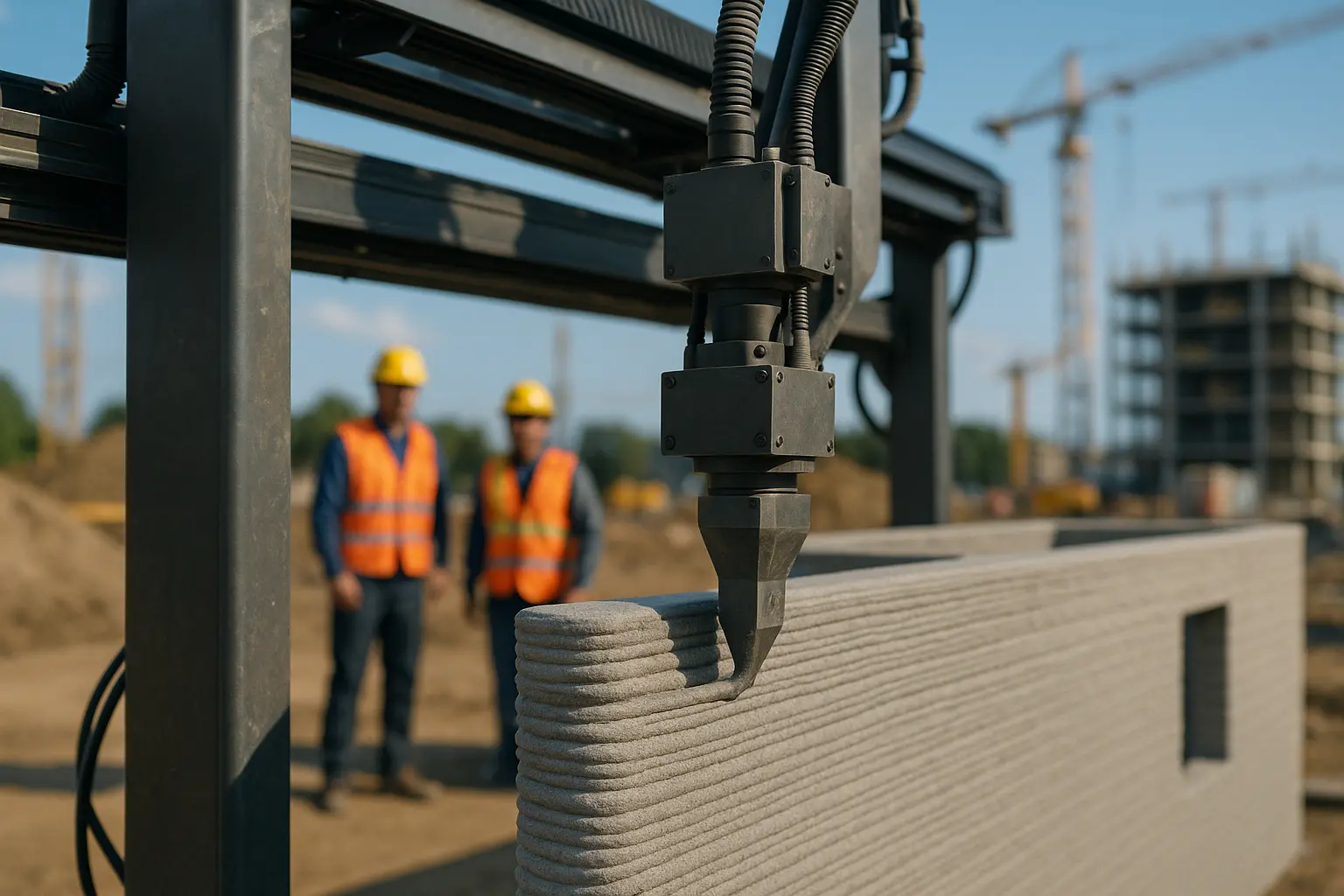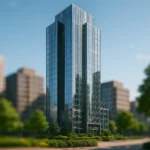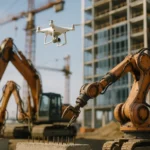As we stand on the brink of a new architectural era, the construction industry finds itself at the cusp of a revolutionary shift. The traditional, labor-intensive methods that have dominated for centuries are being redefined by 3D printing technology. Imagine a world where buildings are crafted by machines that layer materials with precision and speed, reducing both costs and environmental impact. This future is not a distant dream but a reality unfolding today. 3D printing is setting new boundaries, enabling projects to be realized with unprecedented efficiency and creativity. Let’s delve into how this groundbreaking technology is reshaping the landscape of construction.
The Mechanics of 3D Printing in Construction
3D printing in construction, or additive manufacturing, involves using a specialized printer that extrudes materials, typically concrete, in successive layers to build structures. This process not only reduces waste but also allows for intricate designs that were once deemed impractical or too expensive to produce using traditional methods.
The technology’s cornerstone lies in its ability to print complex geometries with precision. We witness projects where materials are deposited layer by layer, akin to how a baker might pipe frosting on a cake. The material used, commonly a concrete mixture, is modified to ensure quick setting and sufficient strength. The building process is software-driven, allowing for easy modifications and design customization, which can be tailored to meet specific structural needs or aesthetic desires.
This modern approach not only enhances design versatility but also accelerates project timelines. With a 3D printer, a structure that would traditionally take months can now be completed within days. Construction sites are evolving into more robotic environments, where machines do the heavy lifting, quite literally, in some cases. As we embrace this shift, we see a reduction in human error, leading to safer work environments and more reliable structures.
The Benefits and Challenges of 3D Printed Buildings
The advent of 3D printing in construction brings numerous benefits, notably the potential for reducing costs. By minimizing waste and optimizing resource use, the process becomes more sustainable. This efficiency translates into financial savings, making more ambitious projects feasible.
Beyond economics, the technology also promises to alleviate housing shortages in crisis regions. Rapid deployment, paired with reduced material usage, can lead to the creation of affordable buildings in places with limited resources or urgent needs. The printed structures are not only cost-effective but also environmentally friendly, as they often use locally sourced materials, reducing carbon footprints.
However, challenges remain. The adoption of 3D printing requires a paradigm shift in the industry, including the training of personnel and the adaptation of existing building codes to accommodate new material properties and construction techniques. The durability and longevity of printed structures are still under scrutiny, as the technology is relatively nascent.
Despite these hurdles, the potential for 3D printing to revolutionize construction is immense, promising a future where architectural design is limited only by imagination, not by the capabilities of existing tools.
Pioneering Projects and Future Prospects
Around the globe, numerous projects are highlighting the potential of 3D printing in construction. From residential buildings and schools to bridges and commercial spaces, the technology is proving its versatility and effectiveness.
A noteworthy example is the Dubai Future Foundation, which embarked on a mission to construct the world’s first 3D printed office. Completed in 2016, this innovative structure demonstrated how quickly and efficiently a functional space could be built using this technology. The project was accomplished in 17 days, showcasing a significant reduction in construction time.
As we look to the future, the applications of 3D printing in construction are bound to expand. Urban planners and architects are exploring ways to integrate this technology into cityscapes, focusing on sustainable and smart design solutions that cater to growing populations. The potential for 3D printing to contribute to disaster relief efforts is also being explored, with portable printers capable of constructing temporary shelters in record time.
It’s clear that the trajectory of 3D printing in construction is set on an upward curve, with innovation driving its adoption and adaptation in new and exciting ways.
The incorporation of 3D printing into construction is more than just a technological advancement; it’s a transformative force that challenges us to rethink how we build. As we continue to harness the power of this technology, we can anticipate a future where structures are more efficient, sustainable, and tailored to our evolving needs. The journey has just begun, and the possibilities are as limitless as our creativity and ambition.
FAQ
What is 3D printing in construction?
3D printing in construction refers to the use of 3D printing technology to create building components or entire structures. This involves using a special printer to layer materials, such as concrete, to form walls, floors, and other architectural elements.
How do 3D printers work in the construction industry?
3D printers in construction work by following a pre-designed digital model to extrude materials layer by layer, building up the structure from the ground. The printer can be positioned on-site or in a factory setting, depending on the project requirements.
What are the benefits of using 3D printing in construction?
The advantages of 3D printing in construction include reduced waste, faster build times, cost savings, and the ability to create complex designs that would be difficult or impossible with traditional methods. It also enables more sustainable practices by minimizing material use.
Can 3D printing in construction address housing shortages?
Yes, 3D printing has the potential to alleviate housing shortages by rapidly producing affordable and durable homes. Its efficiency and cost-effectiveness make it a viable solution for providing shelter in areas with urgent housing needs.
What are some challenges faced when using 3D printing in construction?
Challenges include the high initial cost of equipment, limitations in material choices, regulatory hurdles, and the need for skilled operators. Additionally, the technology is still evolving, which can lead to uncertainties in long-term durability and performance.



